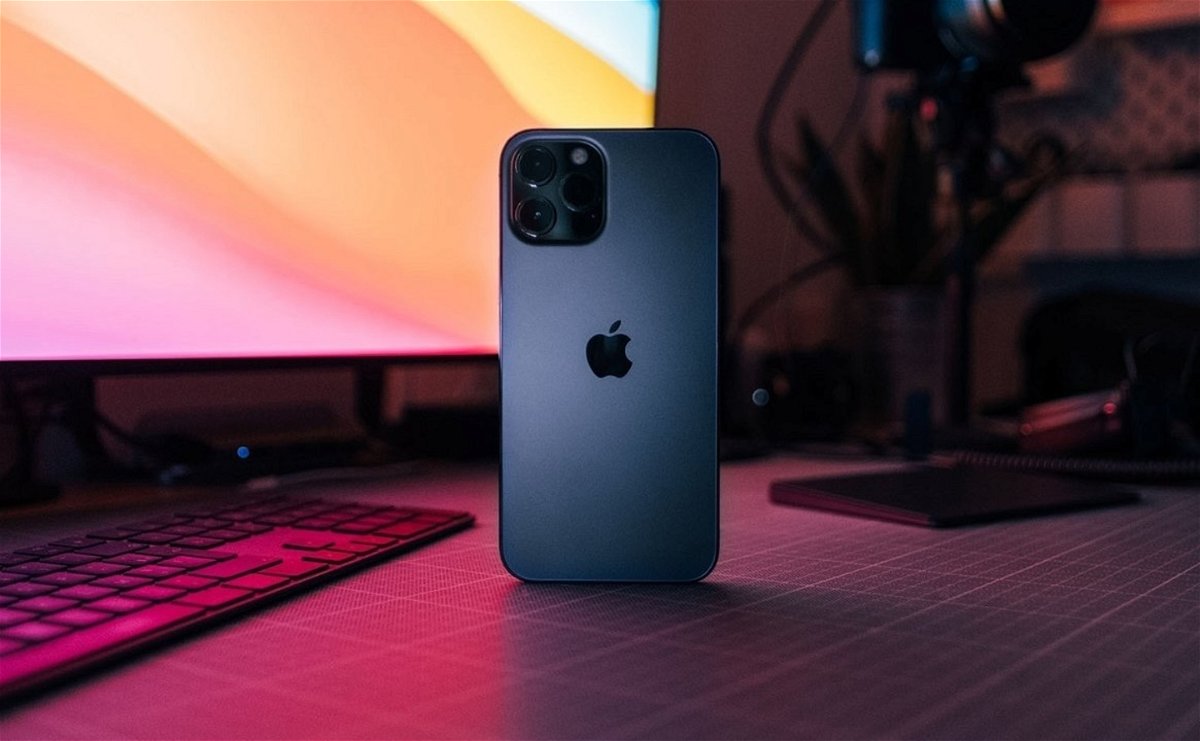One of the most important questions about the new AirTag this is how its development took place. From Apple, they claim that privacy was considered from the start of the product. But anti-harassment measures have also been considered, even for android users. Two essential elements given the size and capabilities of this tiny beacon.
With privacy as the flag from the start
When we started to design our own product, we thought carefully about how to do it right in a way that no one in the industry could have done before. You will see that we have designed [el AirTag] to take into account the privacy of AirTag owners and other users, as well as to make these benefits available to third parties.
Kaiann Drance is vice president of global iPhone marketing, who, along with Ron Huang, spoke to FastCompany for an interview. In it, they talked about AirTag, their privacy and how they protect other users with this little device. So from Cupertino they have everyone in mind when using it, both the AirTag and the search network.

The great potential of AirTag does not depend on a data connection. But he can take advantage of any Apple product around him to connect to the network and notify his owner where he is. This repetition occurs anonymously for all parties involved: even the repeater does not know there is a beacon Apple is nearby and the owner has no idea who is helping locate it.
It is also produced in complete safety, with the Bluetooth identifiers emitted by the AirTag rotating several times a day. In this way, no one can be identified from this data. It does not reconstruct its trajectory either. In addition, the AirTag is associated with the owner’s Apple ID
Anti-harassment measures to avoid unwanted follow-up

You would think it would be very easy to leave someone in their backpack or put on an AirTag to track them. After all, we are in front of a small device that allows us to be located, as long as we are within range of Apple’s network. But they also thought about Apple, because there are anti-harassment measures to prevent this type of non-consensual tracking.
Apple claims AirTag is designed to locate objects, not pets or children (that’s what Apple Watch and its new mode are for)
The user’s iPhone would alert them with a notification that an AirTag is moving with them. As long as you find away from the Apple ID it is associated with or does not belong to a user who is in the immediate vicinity. Thus, if you take the bus with a user carrying an AirTag, you will not receive any alert because he understands that he is with his owner.
For users who use Android or do not own any type of smartphone, Apple has created another additional measure. If an AirTag is far from its owner for a while, it will start to make a sound notifying you of your presence. If you have an Android, you can scan it to find its owner through its NFC. Although you can still take it apart by removing the cover and the battery inside.
Someone using the AirTag with these intentions would soon be in trouble. You can take the device to the police and have it, through its serial number, get from Apple the name, email address and other personal information of the owner who activated the AirTag.









